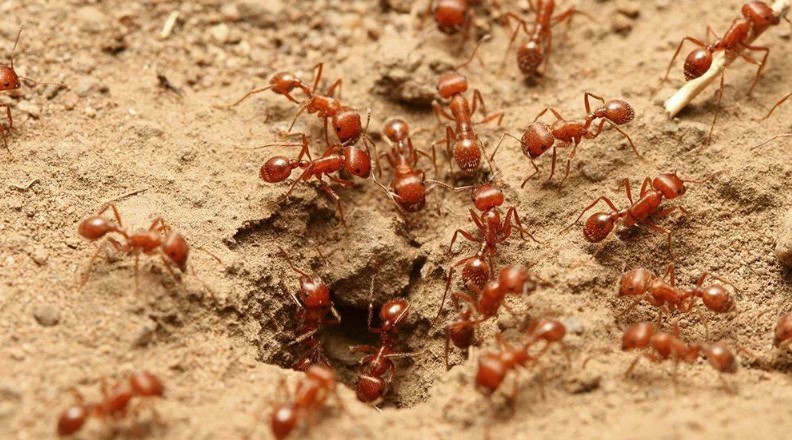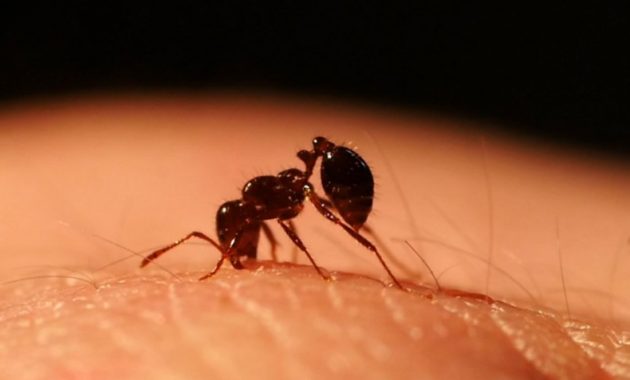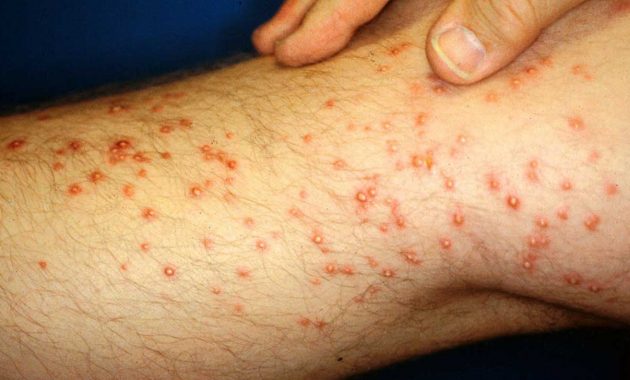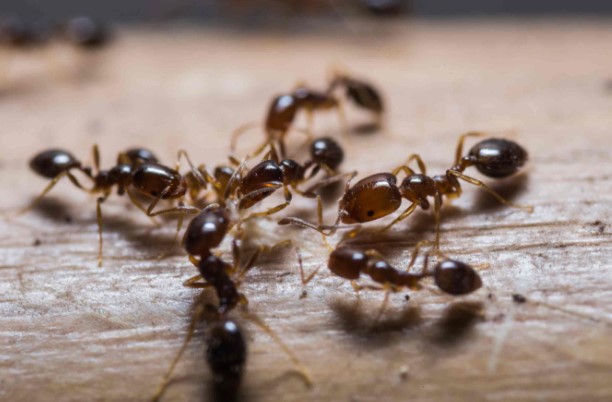About Fire Ant Bites – Though often referred to as fire ant bites, the burning, itchy blisters left by this tiny insect are actually stings.

These bitty insects are quite stealthy, crawling undetected beneath the shirts and pant legs of unsuspecting victims for up to ten seconds before unleashing their fury.
Related Post: How To Care Pygmy Chameleons

The ant holds on to the skin with the mandibles, located on the front of the head, to gain leverage for the doubling up of the abdomen area, where the stinger is housed.
One sting is never enough, however, as they repeatedly sting even after the venom reserve has been depleted.
Animals and humans alike have been ravaged, and even killed, for disturbing an active fire ant hill, as these angry soldiers are capable of swarming before one even knows what happened.

The venom in fire ant bites (stings) is composed of a toxic alkaloid solution, and this venom can be released into the skin of a victim up to 15 times by one single ant during attack.
These stings, initially, feel like a deep and harsh mosquito bite, but the sensation shortly following this one is, indeed, the fire that these insects are named for.
A person who does not suffer an adverse, allergic reaction to these fire ant bites will still undergo possible aftereffects, as the blisters left behind can be easily broken.
This is not a good situation, as the breaking of these blisters most often cause secondary staff infections when opened to air.
These infections can destroy immense volumes of skin tissue, and tend to spread quickly.
It is of utmost importance than one who has been stung by fire ants watches closely for severe allergic reaction to the alkaloid venom.
Signs of this potentially fatal reaction include nausea, chest pains, hives, shortness of breath, dizziness, or swelling.
There may also be signs of shock, and in very rare cases, a lapse into a comatose state. At the first tinge of any of these reactions, one will need to seek immediate medical attention.

The proper procedure for care of these fire ant bites always begins the same way, by gently cleaning the surface of the blister or sting site with rubbing alcohol. Remember, be gentle, as you will not want to break the infected pocket.
A topical pain relief cream with antihistamine can be applied, and it might be a good idea to take some oral antihistamine as well.
These stings will continue to itch for up to three weeks, and need to heal and dry up on their own.
Calamine lotion can be soothing to young children and adults alike.
Be sure to keep all stings as germfree and dry as possible, to allow for safe and complete healing.
